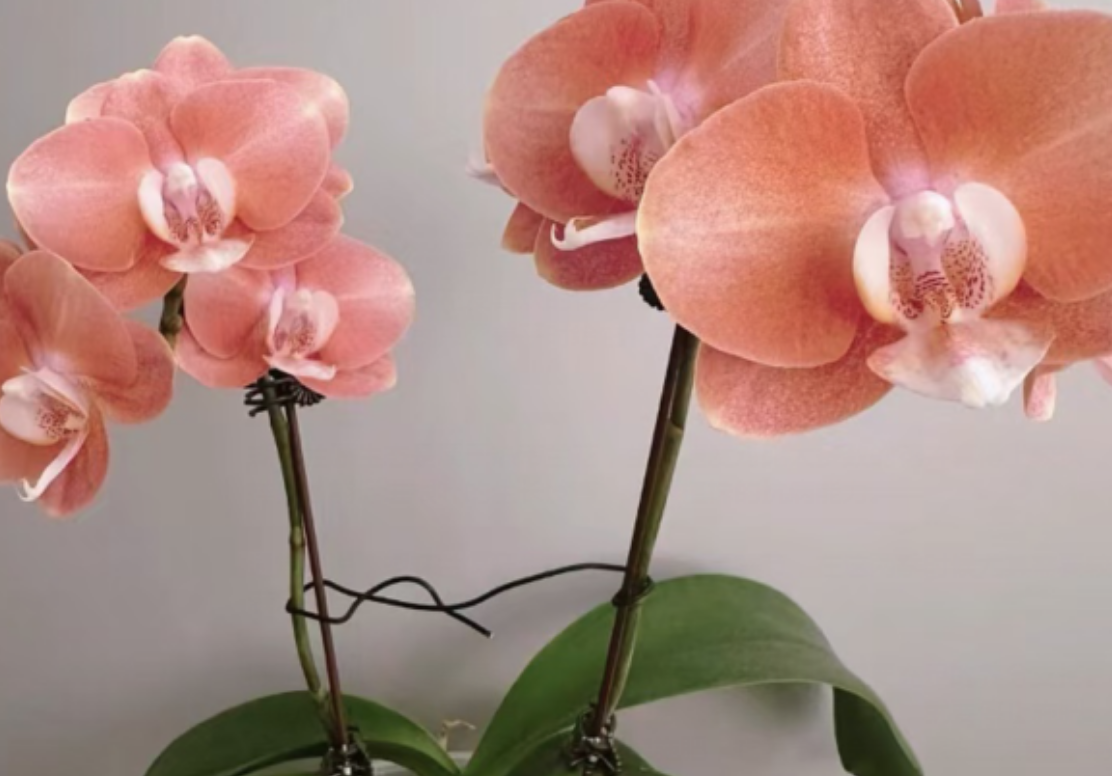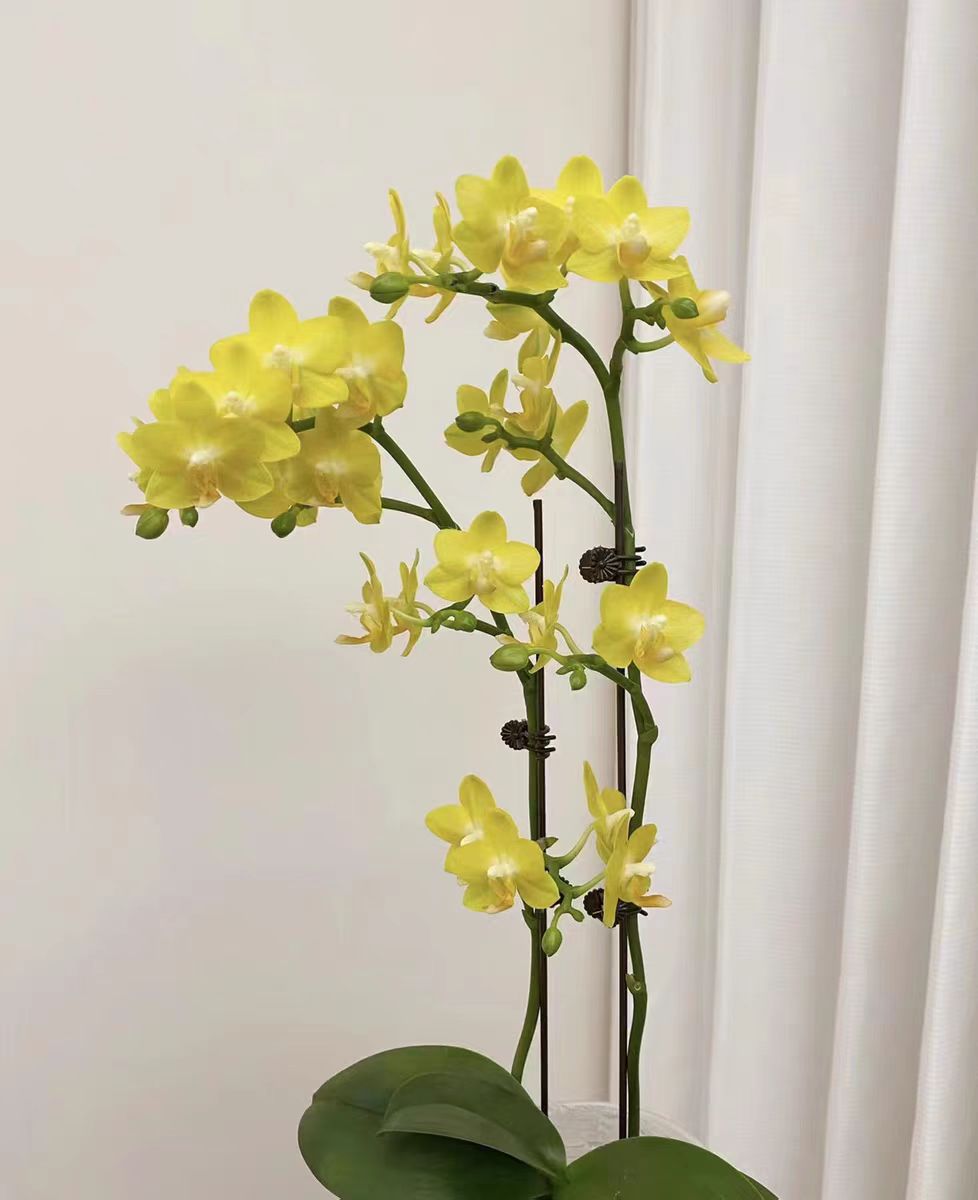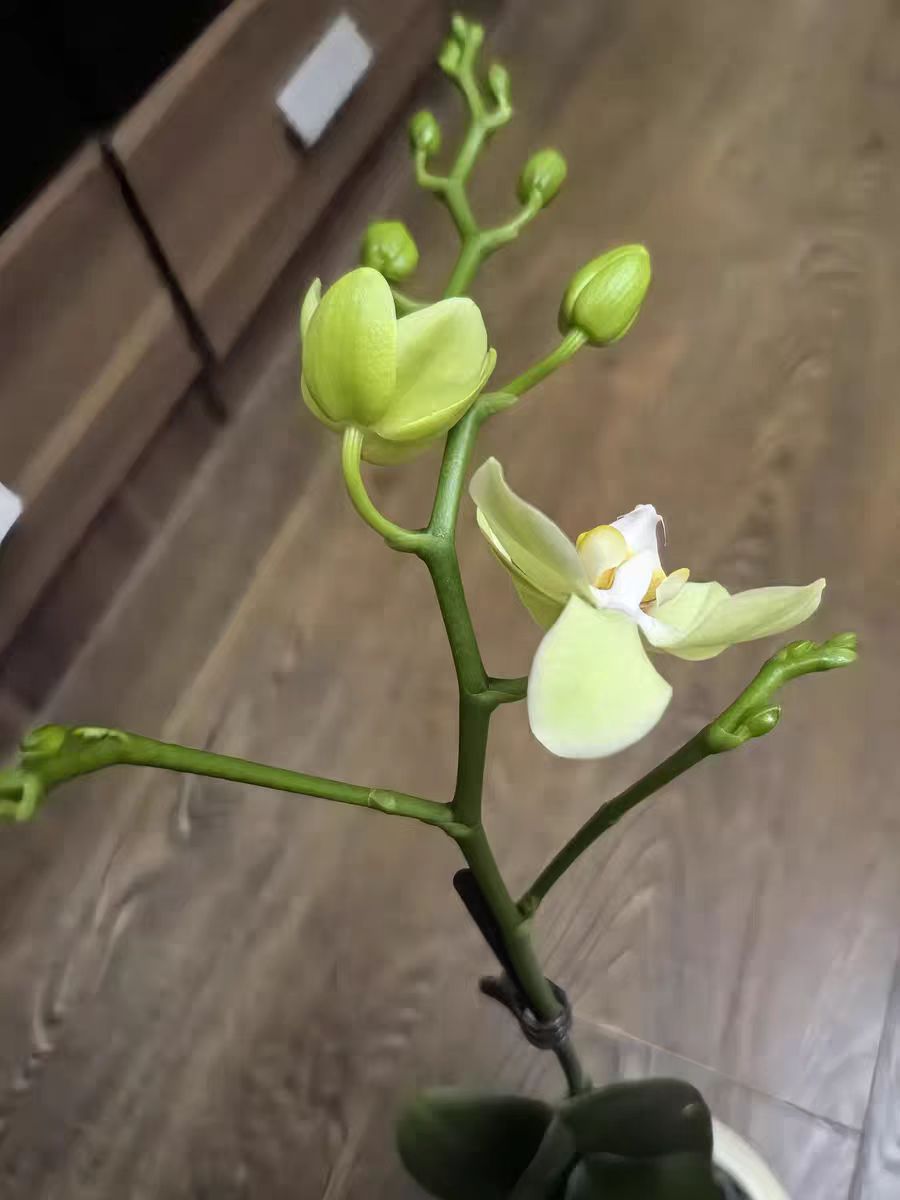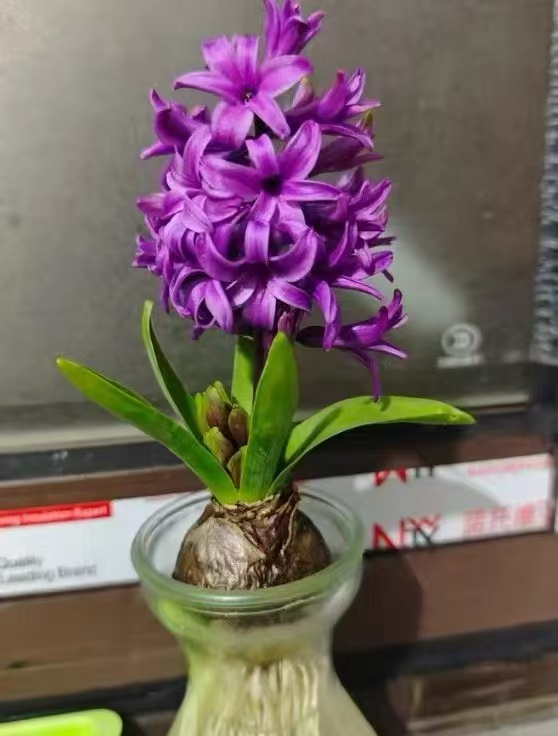As a flower loved by many flower lovers, Phalaenopsis has an elegant and unique flower butterfly shape in appearance. Therefore, it is most suitable to be placed at home as decoration. However, many people ignore the issue of fertilizing Phalaenopsis. Generally, when it is placed at home, they just take care of supplementing water for it. In fact, if you want Phalaenopsis to grow healthily and vigorously, fertilization is indispensable. Let's have an in-depth understanding of the principles of fertilizing Phalaenopsis in the following.
Phalaenopsis is originally a tropical orchid. Compared with most flowers, its growth rate is relatively fast. Therefore, it requires relatively large amounts of nutrients. So if you want Phalaenopsis to grow luxuriantly, you need to apply thin fertilizers frequently and reasonably. Only in this way can you promote the growth and development of roots and leaves and enhance the disease resistance of the plant.
Generally speaking, the crazy growth time of Phalaenopsis is in spring and summer. During these two seasons, especially, more nutrients are needed to support its growth. It is recommended to choose fertilizers with a higher nitrogen content, such as humus fertilizer, compound nitrogen fertilizer, etc., to meet the growth needs of Phalaenopsis.
In addition to needing fertilizers during the growing season, Phalaenopsis also needs sufficient nutrient support during the flowering period. At this time, fertilizers with a higher phosphorus content need to be selected, such as diammonium phosphate, tripotassium phosphate, etc. This can make its flower buds grow fuller and the flowers bloom more beautifully. However, it should be noted that fertilization should be stopped when the temperature is continuously low. Because at this time, the orchid may have entered a dormant period, and the metabolism of its plant will slow down. Therefore, the roots no longer absorb any nutrients. If flower lovers continue to fertilize in a low-temperature environment, all its nutrients will accumulate in the soil, which is likely to cause problems such as root rot. Therefore, fertilization must be resumed after the temperature warms up.
In general, the bought Phalaenopsis needs to be fertilized reasonably, except that fertilization is not needed in the cold winter. The reason for recommending fertilization is that this operation can enhance the disease resistance of the plant, and secondly, it can also ensure the healthy growth of the plant.
Is fertilizer for Phalaenopsis needed all year round?

Share with
Tagged in :




Leave a Reply